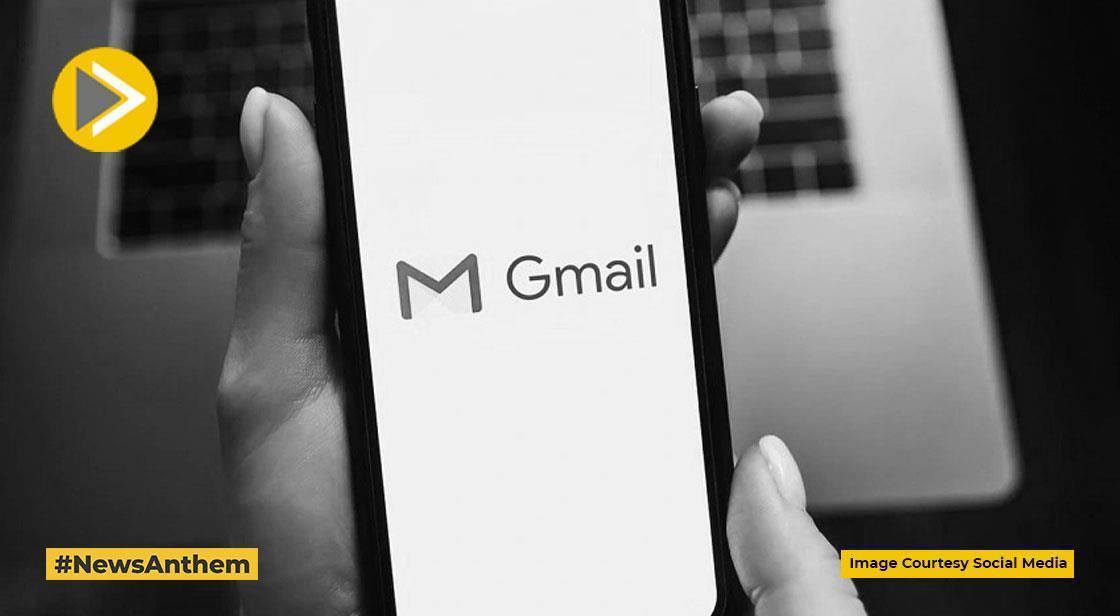Gmail Rolls Out End-to-End Encryption: Here’s What It Means for Businesses

News Synopsis
In a significant security upgrade, Google is rolling out end-to-end encryption (E2EE) capabilities for enterprise Gmail users, making it easier than ever to send encrypted emails across different email clients.
Announced on Wednesday, the Mountain View-based tech giant revealed that it has advanced the implementation of Secure/Multipurpose Internet Mail Extensions (S/MIME) to enhance secure communications for businesses.
The new feature is designed to help organizations with limited IT infrastructure send encrypted emails effortlessly, ensuring robust data privacy and security.
Gmail’s New Encrypted Email Feature: What You Need to Know
Google detailed the new privacy-focused feature in a blog post, emphasizing that it enables enterprise users to send end-to-end encrypted emails to any recipient, regardless of their email provider. Notably, the encryption keys for these messages remain under user control and are not accessible by Google’s servers, reinforcing security and privacy.
How Gmail’s E2EE Encryption Works
-
Enterprise users can send encrypted emails to both Gmail and non-Gmail users.
-
Google servers do not have access to the encryption keys, ensuring privacy.
-
Minimal configuration is required for IT teams and end users.
-
Initially, encryption is limited to Gmail users within the same organization.
-
Future updates will allow encrypted emails to be sent to external email clients.
Phased Rollout and Future Expansion
Currently, the encryption feature is being rolled out in beta, allowing enterprise users to send encrypted emails within their organization. However, in the coming weeks, Google plans to expand this feature to enable end-to-end encrypted emails to be sent to any email service provider.
For Gmail recipients, encrypted emails will be automatically decrypted within their inbox, eliminating the need for any additional actions. Meanwhile, non-Gmail recipients will receive an invitation to access the email via a guest Google Workspace account, ensuring secure communication even across different platforms.
Additional Security Enhancements in Gmail
Beyond end-to-end encryption, Google is introducing additional security features to bolster Gmail’s protection against data breaches and cyber threats. These include:
1. CSE Default Mode
IT administrators can now configure Gmail settings to make end-to-end encrypted messaging the default mode for enterprise users, enhancing overall security.
2. Classification Labels
To improve email management and security, classification labels will help users categorize emails based on sensitivity levels, ensuring appropriate handling of confidential information.
3. Data Loss Prevention (DLP) Tools
With DLP tools, enterprises can automatically apply labels to emails and enforce security policies based on these labels, reducing the risk of accidental data leaks.
Why This Update Matters
With cybersecurity threats on the rise, businesses require stronger security measures to protect sensitive information. Google’s latest update aligns with global efforts to enhance data privacy, ensuring organizations can communicate securely without relying on complex third-party encryption solutions. This move also helps companies comply with regulatory requirements for data protection, such as the GDPR and HIPAA.
Conclusion: A Major Step Towards Secure Business Communication
Google’s new end-to-end encryption update marks a significant step in strengthening email security for enterprise users. By simplifying encryption and expanding compatibility across different email clients, the tech giant is making secure communication more accessible and efficient. As the rollout progresses, businesses can look forward to a more secure, privacy-focused email experience.
You May Like









